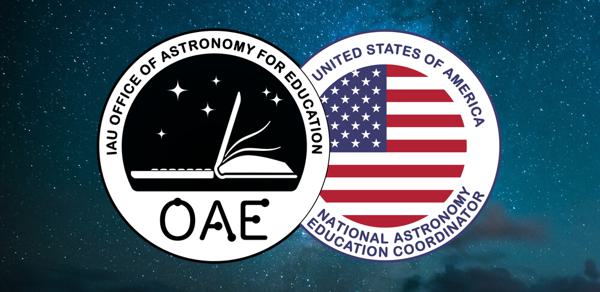Glossary term: 太空望遠鏡
Description: 來自太空的電磁輻射必須先穿過地球大氣層,才能被地面望遠鏡收集到。而伽馬射線、X 射線、紫外線和某些波段的紅外線輻射會被大氣層完全過濾掉。為了觀測它們,天文學家使用太空望遠鏡,有時也稱作太空觀測站:這些自動運行的衛星位於大氣層之上,攜帶望遠鏡和儀器,將航天器定向到特定目標、接收指令並將數據傳回地球。正如星星的閃爍現象所顯示的那樣,穿過大氣層的光線會在這一過程中受到乾擾。而在這方面,太空望遠鏡也能提供幫助。然而,太空望遠鏡很難維修。大多數太空望遠鏡要麼在地球軌道上(如哈勃太空望遠鏡),要麼在所謂的拉格朗日點 L2 上(如詹姆斯-韋伯太空望遠鏡)。
Related Terms:
See this term in other languages
Term and definition status: The original definition of this term in English have been approved by a research astronomer and a teacher The translation of this term and its definition is still awaiting approval
This is an automated transliteration of the simplified Chinese translation of this term
The OAE Multilingual Glossary is a project of the IAU Office of Astronomy for Education (OAE) in collaboration with the IAU Office of Astronomy Outreach (OAO). The terms and definitions were chosen, written and reviewed by a collective effort from the OAE, the OAE Centers and Nodes, the OAE National Astronomy Education Coordinators (NAECs) and other volunteers. You can find a full list of credits here. All glossary terms and their definitions are released under a Creative Commons CC BY-4.0 license and should be credited to "IAU OAE".
If you notice a factual or translation error in this glossary term or definition then please get in touch.
Related Media
哈勃太空望遠鏡俯瞰地球
Credit: 美國宇航局/歐空局 credit link
License: CC-BY-4.0 Creative Commons 姓名標示 4.0 國際 (CC BY 4.0) icons









